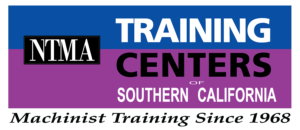
How does CNC Machining Work?
As CNC machining is renowned for being one of the most high-tech manufacturing methods in the business, the very first steps towards modern-day CNC machining were initiated in the 1950s. Since then, CNC machining has continued to evolve, and has transformed the world of engineering.
A CAD (computer-aided design) file to be machined is loaded into the control unit to begin the CNC machining process. A set of instructions that the machine tool can interpret, known as “G-code,” is created from the CAD file by the control unit. This loads the G-code, which the drive system then uses to deliver instructions to move the tool head and workpiece in exact steps while the cutting tool completes the machining processes.
CNC machining is a viable option for engineers in any industry looking to order high volumes of mechanical parts for production or rapid prototyping. Choose the right supplier when ordering CNC-machined parts to acquire reliable product solutions.
How does CAM programming work?
The highly standardized drawings remained unchanged for centuries until the introduction of CAD, which revolutionized the approach in the second half of the 20th century. The days of manually resolving processing difficulties are long gone. Today, automating a manufacturing process frequently involves using computer-aided manufacturing, also known as CAM.
A 3D CAD model of the component to be made serves as the foundation for the CAM programming procedure. The type of cutting tool to be used, the cutting speeds and feeds, and the sequence of the cuts can all be specified by the programmer. Once the toolpath is established, the CAM program will produce the G-code, which is a collection of instructions that the machine tool’s controller can understand.
The G-code will contain details on the tool’s X, Y, and Z coordinates, cutting speeds, feeds, and kind of cutting tool. The machining process can also be simulated using CAM software, which is a useful feature that enables the programmer to find any flaws or problems before the actual machining occurs. Additionally, it aids in waste reduction and machining process optimization.




